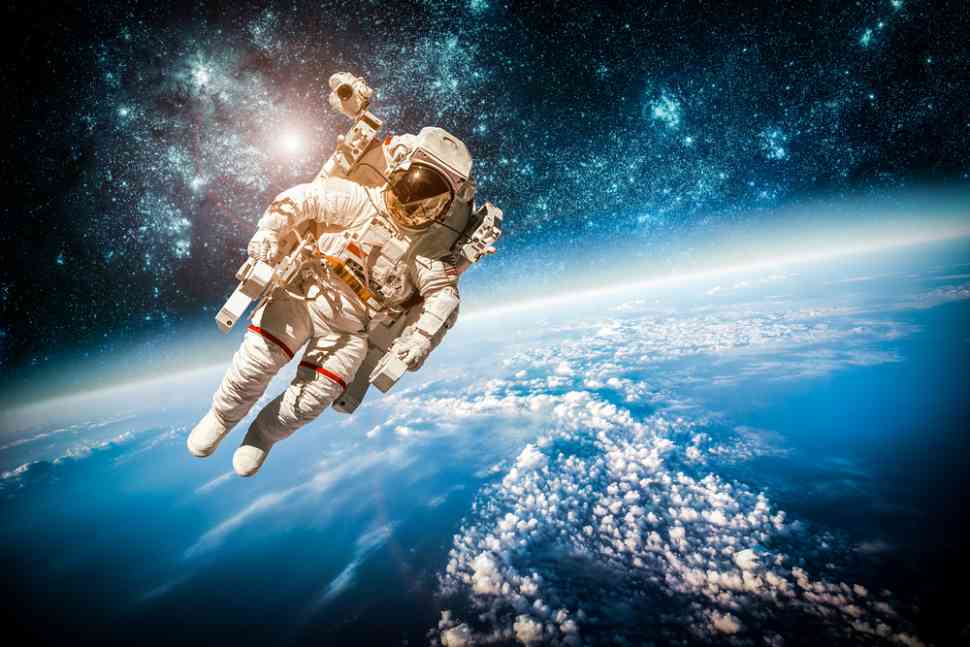Time and light – rediscovering the concepts

Physics is basically philosophy and time and light are, mainly, two incredible entities. The only thing that makes it hard for people to understand is the fact that it is spoken in the ”language” of mathematics. Today, I will attempt to pass some of this knowledge to you without having to use any of the complicated equations that are used to describe complex phenomena. Let’s see if modern physics makes sense if they are spoken in simple words.
The story starts with Einstein. Albert Einstein, the great physicist, and scientist said that the continuous flow of time is intersected only by the movement of bodies, making imaginary sections which people call time intervals. In addition, Einstein was the first to speak about the relativity of time in the General Theory Of Relativity which has been the most subversive theory ever.
According to this theory, the time measured by an observer depends on the speed with which he moves, even if he always wears the same accurate clock in his hand. That is, time will ”run” at a different speed if his watch remains stationary. On the other hand, if he travels at another speed or even at the speed of light the time will count at a different pace.
In fact, in order to be perceived by the public mind, Einstein imagined the observer riding a glimmer of light that naturally runs like a frantic Celestial Steed, at the speed of light. If next to the rider of light a lightning flash occurs, the light of that lightning will run continuously next to him at the same speed of 300,000 kilometers per second, in an endless race through space-time. In this race, there will never be a winner, and in addition, the time for our keen and amazed observer will be ”frozen”.
In other words, it will stop its flow, or else time will not pass! This actually makes perfect sense since as I said earlier our sense of time is created by motion, and in the above example motion does not exist for his eyes; for him, the lightning will be nothing more than an annoying light, which someone lit over his eyes.
If you find it difficult to conceive these really inconceivable situations, don’t be disappointed. When Einstein described the theory of relativity, only one conceived it, Arthur Eddington. It is even said that when Edington was asked by a journalist if it is true that only three people in the world – including Einstein – are able to understand relativity, he wondered who could be the third!
Today it is generally accepted that movement in space is simultaneously movement through time. For example, you can hasten the dawn and enjoy a nice sunrise faster if you move by jet in the direction of Sunrise. That is, instead of waiting for the rotation of the Earth to reveal to you the rosy colors of the rising sun, you are flying towards the rosy that has already painted the sky in other more eastern regions of our round planet. It is well known that the farther east a place lies, the sooner it dawns on it. Of course, in these space-time trips our biological clock, which is used to measure domestic time, goes crazy. That is why flights create the famous jet lag, which affects transatlantic travelers mainly.
So if we can move through earthly time, why can’t we travel through time in general? theoretically, nothing prevents us from doing so. We could move towards the future or even backward if we wanted to investigate events of the past. Of course, the journey to the past encompasses many dangers. We may accidentally kill our mom when she was still a little girl. Perhaps this gave the hint to Einstein to include observers in his theory. Observers always affect the system that they observe.
Such incongruous and contradictory things make travel into the past forbidden. On the contrary, travel in the future is completely free, especially if you have the right future vehicle. In a world where vehicles to travel through space have reached another level, a vehicle that could allow us to move through time seems to be the real challenge for humanity.
Have you read?
# Best CEOs In the World Of 2022.
# Best Citizenship and Residency by Investment Programs.
# These are the world’s most and least powerful passports, 2022.
# The World’s Richest People (Top 100 Billionaires, 2022).
# Case Study: Warren Buffett, LVMH’s Bernard Arnault, Apple’s Tim Cook, and Elon Musk.
Bring the best of the CEOWORLD magazine's global journalism to audiences in the United States and around the world. - Add CEOWORLD magazine to your Google News feed.
Follow CEOWORLD magazine headlines on: Google News, LinkedIn, Twitter, and Facebook.
Copyright 2025 The CEOWORLD magazine. All rights reserved. This material (and any extract from it) must not be copied, redistributed or placed on any website, without CEOWORLD magazine' prior written consent. For media queries, please contact: info@ceoworld.biz








